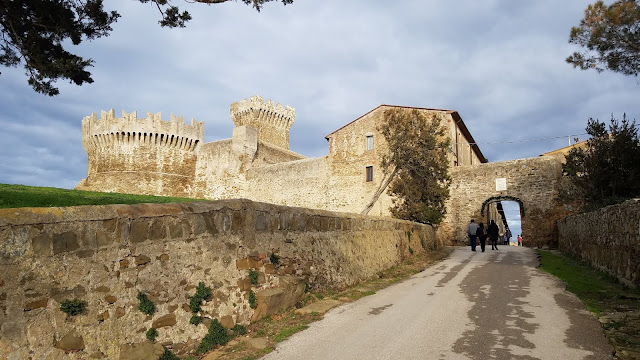 |
| Pisa is a 30 minute drive from Lucca, and definitely worth a day trip. |
 |
| Pisa was a maritime powerhouse from 1000-1406, when is was conquered by Florence. |
 |
| Pisa and Genoa fought for control of the Tyrrhenian Sea after ousting Arab Muslims from Corsica and Sardinia. |
 |
| Many of Pisa's treasures came from aiding the Normans in their conquest of Palermo in 1063, which they looted to pay for the Piazza del Duomo. |
 |
| The Pisa Baptistry was built between the 12th and 14th centuries. |
 |
| The Pisa Cathedral has Corinthian columns looted from the Mosque of Palermo |
 |
| The Camposanto Monumentale is where the most worthy Pisans were buried. It is covered in disturbing frescoes. |
 |
| The Last Judgement Fresco from 1336 A.D. by Buonamico Buffalmacco. |
 |
| An interesting tombstone |
 |
| The Pisa Griffin, the largest known medieval Islamic metal sculpture, made in Al-Andalus in the 11th century. |





























